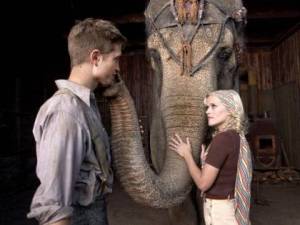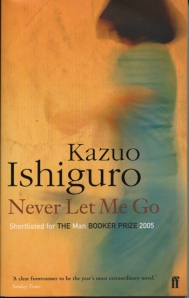 Author: Charlotte Brontë
Author: Charlotte Brontë
Genre: Gothic Horror
Publisher: Smith, Elder & Co., Cornhill
Publication Date: October 1847
What can be said about Jane Eyre that has not already been said by someone far more clever and better read than myself? I feel foolish even trying to review this classic, but that’s what this space is for, and that is why you are here reading, so here I go.
Jayne Eyre was written by Charlotte Brontë, originally published in 1847 as a five-part serial under the name Currier Bell, because of course, ladies just were not published in those days. (Notably, her sisters also published famous books that year: Wuthering Heights by Emily Brontë/Ellis Bell, and Agnes Grey by Anne Brontë/Acton Bell – see the pattern here?)
The Brontë’s do dark and brooding better than any author I have read. Honestly, Heathcliff and Mr. Rochester make Jane Austen’s Mr. Darcy look like a ray of sunshine. But back to the story:
Jane Eyre is an orphan. The story opens with her being “cared for” by her aunt, who considers her a burden and whose family never accept her. After a chilling scene where Jane is locked in an upper bedroom and nearly frightened to death, her aunt ships her off to Lowood, a boarding school run by a minister who believes the best way to raise proper Christian girls is a combination of a starvation diet and public humiliation. Jane makes her first ever friend, who later dies in her arms (typhus? consumption? I don’t remember).
Things improve somewhat at Lowood over the years as staff changes, and after she finishes schooling, Jane stays on as a teacher before accepting a position as governess at Thornfield. Enter Mr. Rochester: brooding, mysterious, and burdened with secrets. Rochester is accustomed to people being intimidated by his dark moods and outbursts, and is intrigued by Jane who has no fear of him. This being a Victorian novel, they of course fall in love, and plan to marry – but fate and the secrets of Rochester’s past intervene. Rather than stay at Thornfield to be Rochester’s mistress, Jane leaves, penniless and alone, nearly starves to death but is eventually saved by the Rivers family, who take her in, feed her, and set her up with a job. In a “twist” typical of novels of the period, the Rivers’ turn out to be her cousins, and they all share in an inheritance when a long-lost uncle dies. The stage seems set for a not-unhappy ending, but the tale of Mr. Rochester is not yet over…
Jane Eyre is one of my all-time favourite heroine’s. Often, my favourite books involve people I can’t like (Wuthering Heights, anyone?) but Jane is a character you cannot help but root for. She suffers, yet remains strong. Falls in love, but will not debase herself. She is honest and true to herself always.
This past Saturday, after a long day of packing and cleaning the house, I headed to the Oxford theatre to watch the latest film adaptation of Jane Eyre (starring Mia Wasikowska (Alice in Wonderland) and Michael Fassbender (Inglourious Basterds) and directed by Cary Fukunaga). I was skeptical, as always with a book adapted to film, but must say I enjoyed the film and will probably purchase it to watch again (and again). The novel is split into three parts. Almost like acts in a play: her early life, her time at Thornfield , and her time with the Rivers family. The storyline at Thornfield is by far the most interesting and best written section of the book, and it is naturally what the film focuses on, treating the other aspects of the narrative as mere introductions and conclusions to what is otherwise a love story. (There were many years between my first reading of the story and rereading it last year. I honestly had forgotten all about her aunt and the Rivers family – remembering only a sad childhood, a school, Thornfield and Rochester… and something that happened after she ran away from Thornfield .)

Jane did not lie. She would not have told this man he was not handsome.
The film captures the dark, gothic aspects of the novel very well. I went to the theatre alone – on a whim, needing a break from work – and sitting in the dark balcony of the Oxford as unknown creatures prowled the halls of Thornfield , I found myself wishing I had brought a friend. Rochester and Jane were well cast – though Rochester was a bit too handsome to be believable. He was not supposed to be a handsome character, but that would just not be acceptable on film. And of course, Dame Judi Dench is splendid as Mrs. Fairfax, the widowed housekeeper at Thornfield – though almost wasted in such a small role.
If I can say one more thing about Jane Eyre it is this: unlike many novels of its time, it is far more than a romance. It’s classified by Wikipedia as “Gothic Horror” which I love, but I think describing it as horror is a stretch. Thriller, maybe. While the title character may be female, it is not a book written for women as is so often presumed. My husband got a few odd looks while reading it on a military base in the middle of the Balkans a few years back, but he thoroughly enjoyed it, and he’s a harsher book critic than I will ever be (if only because in his mind, nothing will ever be as good as The Lord of the Rings).





